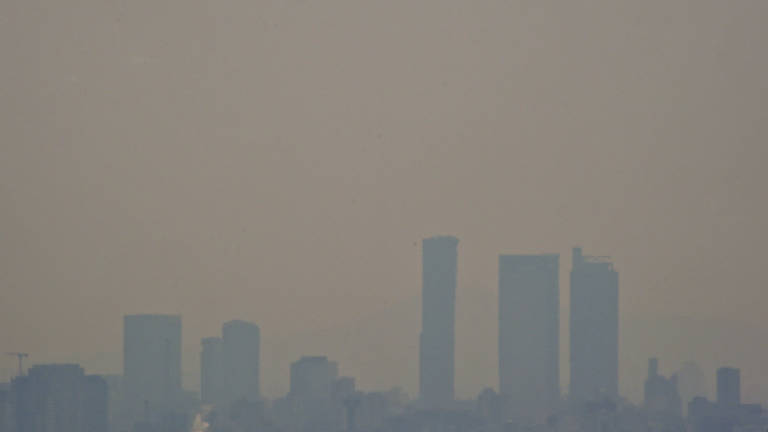Mexican president seeks to curb capital's pollution surge

MEXICO CITY: Mexico's president called Tuesday for stricter measures to curb pollution in the capital after authorities restricted traffic and encouraged children to stay indoors in the first air quality alert in 14 years.
The Mexico City government declared the "environmental contingency" on Monday and decided to keep it going through Tuesday following a surge in ozone concentration, which can cause respiratory and heart ailments.
Officials urged people in the metropolitan area of 21 million people to avoid outdoor sports while kids and seniors were advised to stay indoors.
Federal authorities ordered factories in the greater Mexico City area to slash their emissions by 40%.
Older cars were ordered out of the streets of a city where a honking mess of more than 5.5 million vehicles chug along every day.
President Enrique Pena Nieto called for a meeting of the Environmental Commission of the Megalopolis, which was formed in 2013 to coordinate anti-pollution policies between the federal government, the capital and surrounding states.
"The goal (of the meeting) is for them to find stricter measures to improve air quality and protect the health of more than 20 million Mexicans," Pena Nieto wrote on Twitter.
Too many cars
The last time the air quality emergency was issued was in September 2002.
The latest alert took residents by surprise as thick smog descended on the city just two days after the skies were unusually clear thanks to high winds that blew away hundreds of trees.
The alarm rang after ozone concentration surpassed the 190-point limit, surging to 194.
"There's no wind and this situation has not allowed the dispersion of pollutants," Tanya Muller, the city's environment secretary, told Radio Formula.
Muller lamented a Supreme Court decision that imposed changes last year to the city's "No Driving Today" program, which limits the number of days that older cars can be on the street.
The city must now take into account the levels of pollutants to impose restrictions on cars older than 2007. The change, Muller said, has added more cars to the streets.
"We need to restrict vehicular traffic. What we are experiencing today is clearly the consequence of having 1.2 million (more cars) in less than a year," Muller said.
Former world pollution champion
The pollution alert marks a reversal of years of progress made by the city to improve air quality after the United Nations declared the Mexican capital the world's most polluted city in the 1990s.
During that decade, ozone levels reached 398 points. The environmental contingency was declared 12 times in 1993 alone, according to the Environmental Commission of the Megalopolis.
Headed by left-wing mayors since 1997, the capital has launched various programs to reduce harmful emissions by modernizing the public transport system and encouraging the use of bicycles.
But Hector Riveros, a physics expert at the National Autonomous University of Mexico, said there are still hundreds of small buses known as "microbus" and taxis that have pollution levels that are four to five times worse than cars.
The solution, he said, is to eliminate sulphur from gasoline, provide cleaner taxis and microbuses, and make speed rules more flexible so that "engines work more with maximum efficiency." — AFP